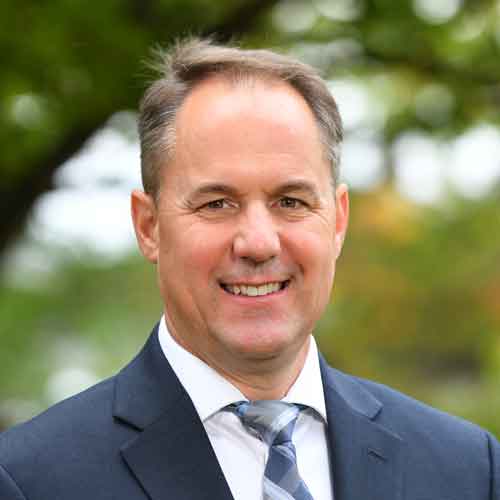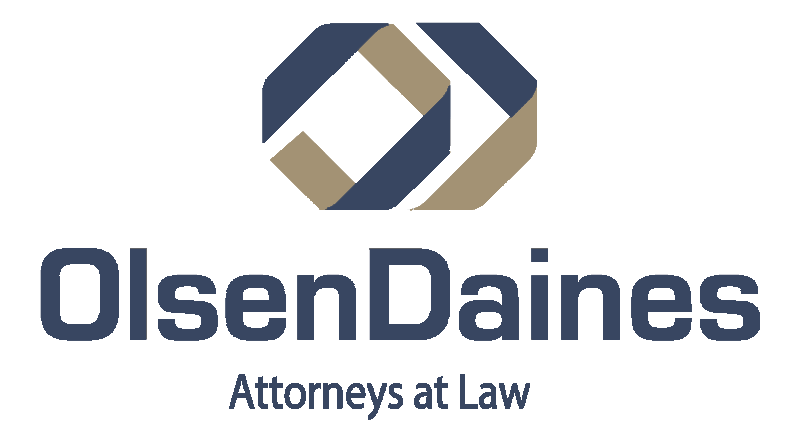Find Relief, Fast.
Student Loan Debt Relief Lawyers
Albany | Bend | Coos Bay | Eugene | Grants Pass | Klamath Falls | Medford | East Portland | West Portland | Roseburg | Salem | Tri-Cities | Vancouver | Yakima
"*" indicates required fields

Experts In
Student Debt Relief
Don’t let student loans get in the way of your financial future. At OlsenDaines, our mission is to alleviate the stress associated with debt and help you regain control of your finances. With over four decades of experience serving Oregon, our student loan attorneys have the knowledge and expertise to bring you closer to financial freedom.
Learn more about the Supreme Court ruling on student loans
Free Bankruptcy, Personal Injury and Student Loan Forgiveness Consultations
Nearly 40 years ago, our bankruptcy firm was one of the first law practices to offer free consultations to potential bankruptcy clients. It is our mission to educate, inform and empower people about their legal options for dealing with debt. We believe information goes a long way toward helping with the stress of filing bankruptcy.
- Evening and Weekend Appointments available
- Emergency Same-Day Filings
- Debt Resolution Matters
- Free Legal Consultations
"*" indicates required fields

Partner Rex Daines quoted by USA Today regarding student loan discharge through bankruptcy »
Affordable Legal Help
If you are struggling with student debt, then it may feel overwhelming to add on the cost of legal services. However, your financial recovery is our top priority, which is why we provide legal assistance at affordable rates. We disclose our fees from the very start and offer a variety of payment plans to make our services accessible.
Get Rid of Your Student Loans
If you’re having trouble dealing with student loans, don’t wait any longer to take action. Though it may be daunting to try and understand the Department of Education’s loan policies, you don’t have to go through it alone.
The lawyers at OlsenDaines are committed to helping you find relief as quickly and effectively as possible. As the most experienced consumer debt relief law firm in the Pacific Northwest, our team will be able to examine your situation and create a relief plan that is tailored to your needs. Just give us a call today to schedule your free legal consultation and take the first step toward financial recovery.
Student Loan Forgiveness FAQs
Student loan forgiveness is the umbrella term for reducing or eliminating student debt. While bankruptcy discharge is one method of forgiveness, it is not the only option. Here’s a quick breakdown of the different types of student loan forgiveness and who they can help:
- Bankruptcy discharge: If you’re struggling with a combination of debts beyond just student loans, then bankruptcy may be the best option to wipe the slate clean and begin your road to financial recovery. This method can help you eliminate credit card debt, medical bills, personal loans, overdue utilities, and more in addition to student loans.
- Income-driven repayment (IDR) forgiveness: IDR plans use your monthly income and household size to determine your monthly payment amount. Most borrowers will have their loans forgiven after making a certain number of payments over the course of 20-25 years.
- Public service loan forgiveness (PSLF): Government and nonprofit employees who have made at least 120 qualifying payments may be able to eliminate the remaining balance of their Direct Loans. These payments must be a part of an income-driven repayment (IDR) plan.
- Teachers, military, or AmeriCorps: Some programs exist to assist teachers and service members with their student loans, either through partial forgiveness or low interest rates. These often have specific stipulations and requirements.
If you aren’t sure which type of debt relief is right for you, reach out to the experts at OlsenDaines! Our student loan lawyers have decades of experience helping people reach financial freedom. During your free legal consultation, we can discuss your unique situation and begin creating a game plan for your success.
Yes, bankruptcy can get rid of student loans! Though it has historically been extremely difficult to get rid of student debt by filing for bankruptcy, recent policy changes from the US Department of Education make the process more feasible than ever before.
Student loans are treated differently than other types of debt when it comes to filing for bankruptcy. To be considered for forgiveness, the borrower has to start a separate lawsuit case against their lender. This case is called an adversary proceeding, and during this process the borrower must prove that the student loans are causing undue hardship.
For a more in-depth explanation about this process, read our blog here or get in touch with one of our student debt lawyers today.
The new Department of Education policy changes make student loan discharge more accessible through bankruptcy.
Historically it has been extremely difficult for borrowers to prove that the loans are causing “undue hardship”, largely because the term was previously undefined and left up to an individual court’s interpretation. The Department of Education is rectifying this problem by setting clear standards by which the courts will judge each case.
To learn more about how the policy updates impact the student loan discharge process during a bankruptcy case, read our blog here or give us a call today.
If your student loans are causing financial hardship, you may qualify for forgiveness. However, each person’s situation is unique and there are many factors to consider, which can make it challenging to determine the best course of action – but don’t worry, that’s where we can help! Our attorneys strive to educate, inform, and empower people about their legal options when handling debt relief. No matter what your circumstances are, we would be happy to meet with you in a free legal consultation to start planning your roadmap to financial freedom.
An adversary proceeding is a lawsuit that occurs within the context of a bankruptcy case. It is a formal legal process through which parties involved in the bankruptcy dispute specific issues or seek to determine the rights and liabilities of the parties in question. Adversary proceedings are governed by the rules and procedures of the bankruptcy court.
An adversary proceeding is a specific lawsuit that takes place within the context of a bankruptcy case. It is initiated to resolve disputes, such as challenges to the dischargeability of certain debts, recovery of assets, or objections to the debtor’s proposed repayment plan. In contrast, a bankruptcy case is the overarching legal process in which an individual or entity seeks relief from overwhelming debt by either liquidating assets or proposing a repayment plan. The bankruptcy case addresses the debtor’s overall financial situation, while an adversary proceeding deals with specific legal disputes that arise during the bankruptcy process.
Student loan forgiveness is not typically automatic; in most cases, you need to apply for forgiveness or meet specific eligibility criteria to have your student loans forgiven. The process and eligibility requirements for loan forgiveness can vary depending on the type of student loans you have and the forgiveness program you are interested in. For more info, contact us. We’ll be more than happy to discuss your options.
Yes, you typically need to fill out a specific application form to apply for student loan forgiveness. The form you need to complete depends on the type of forgiveness program you are applying for. Many of the types of forms you may have to fill out can be found here: https://search.usa.gov/
For various federal student loan-related forms, including deferment, forbearance, income-driven repayment plan applications, and loan consolidation, you can typically find and download the forms you need on the official website of the U.S. Department of Education. Visit the Federal Student Aid website (studentaid.gov) and navigate to the “Loan Forgiveness” section to search for the specific form you require. Need help? Contact us!
On June 30th, the Supreme Court invalidated the Biden-Harris Administration’s plan to provide one-time student debt relief of up to $20,000 to over 40 million student loan borrowers. While the Administration disagrees with the Court’s decision, they are taking immediate actions to assist borrowers. They are working on an alternative path to debt relief through the rulemaking process and implementing the SAVE Plan, which will cut monthly payments for many borrowers and stop interest from accumulating excessively. The student loan payment pause will end soon, with interest resuming on September 1, but the Department is offering support to help borrowers transition back into repayment. They remain committed to addressing student debt as a barrier to education and economic opportunity.
If you will owe payments this fall – or just want to learn more – visit StudentAid.gov/debtrelief to learn more about these actions, identify a repayment plan that works for you, and consider the benefits of making on-time payments as you prepare to restart monthly payments.
Explaining the New Bankruptcy Discharge Process for Student Loan Borrowers
While the amount of student loan debt has increased in recent years, it remains one of the most challenging types of debt to discharge through bankruptcy. However, the Department of Education recently reformed its policies to make the discharge process easier and more accessible to student loan borrowers.

